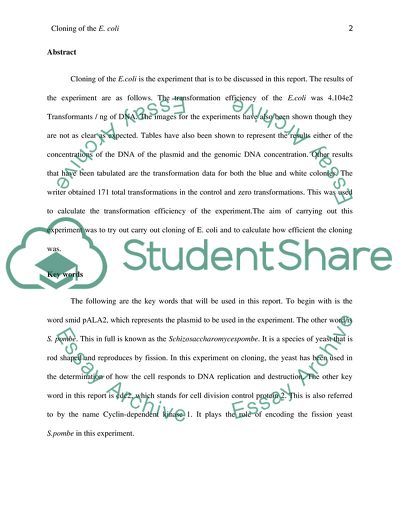Cite this document
(“Cloning cdc2 Essay Example | Topics and Well Written Essays - 2000 words”, n.d.)
Cloning cdc2 Essay Example | Topics and Well Written Essays - 2000 words. Retrieved from https://studentshare.org/biology/1587808-cloning-cdc2
Cloning cdc2 Essay Example | Topics and Well Written Essays - 2000 words. Retrieved from https://studentshare.org/biology/1587808-cloning-cdc2
(Cloning Cdc2 Essay Example | Topics and Well Written Essays - 2000 Words)
Cloning Cdc2 Essay Example | Topics and Well Written Essays - 2000 Words. https://studentshare.org/biology/1587808-cloning-cdc2.
Cloning Cdc2 Essay Example | Topics and Well Written Essays - 2000 Words. https://studentshare.org/biology/1587808-cloning-cdc2.
“Cloning Cdc2 Essay Example | Topics and Well Written Essays - 2000 Words”, n.d. https://studentshare.org/biology/1587808-cloning-cdc2.


